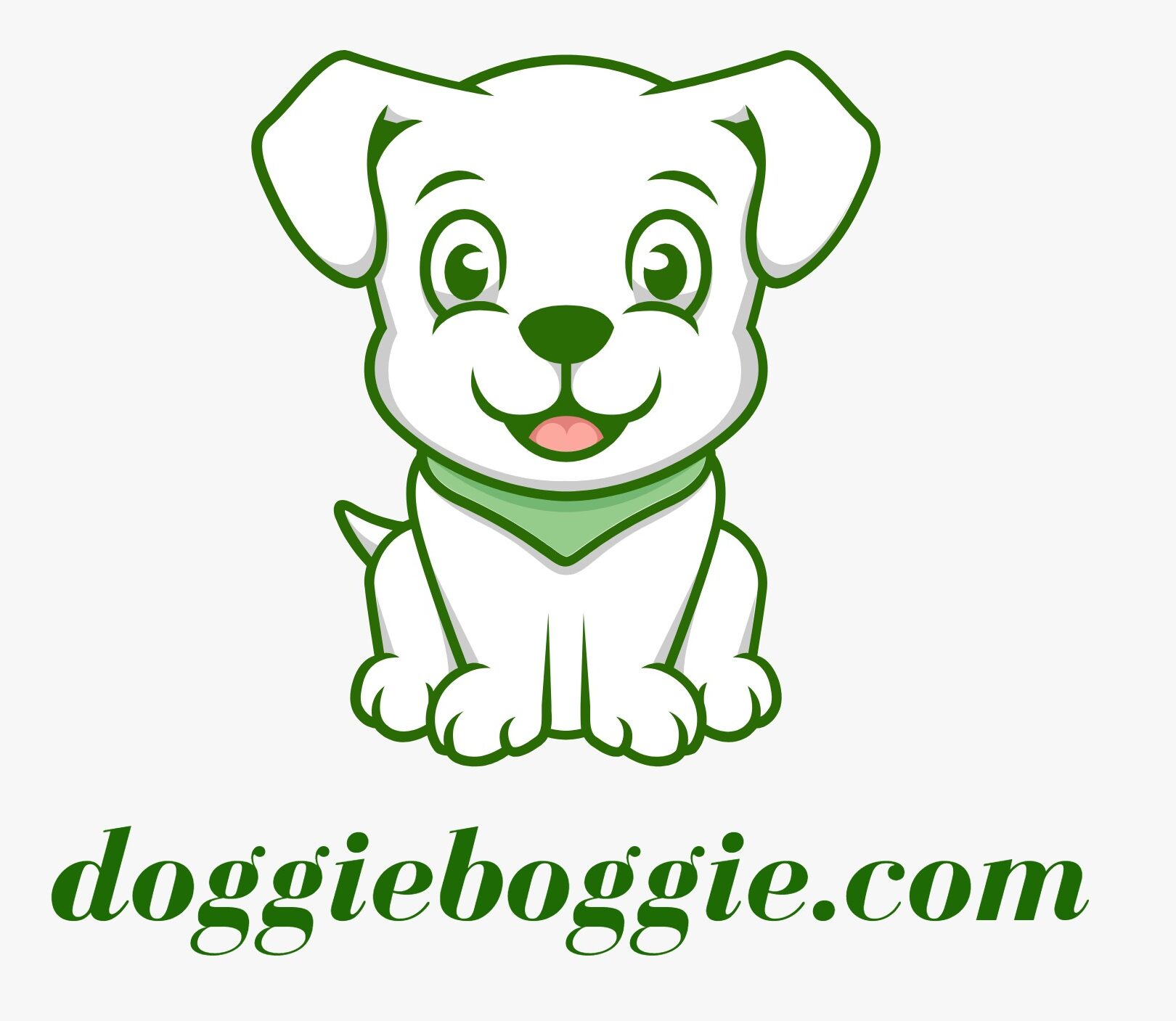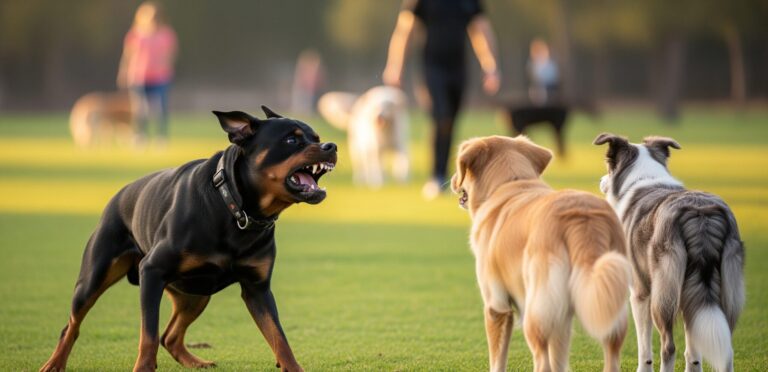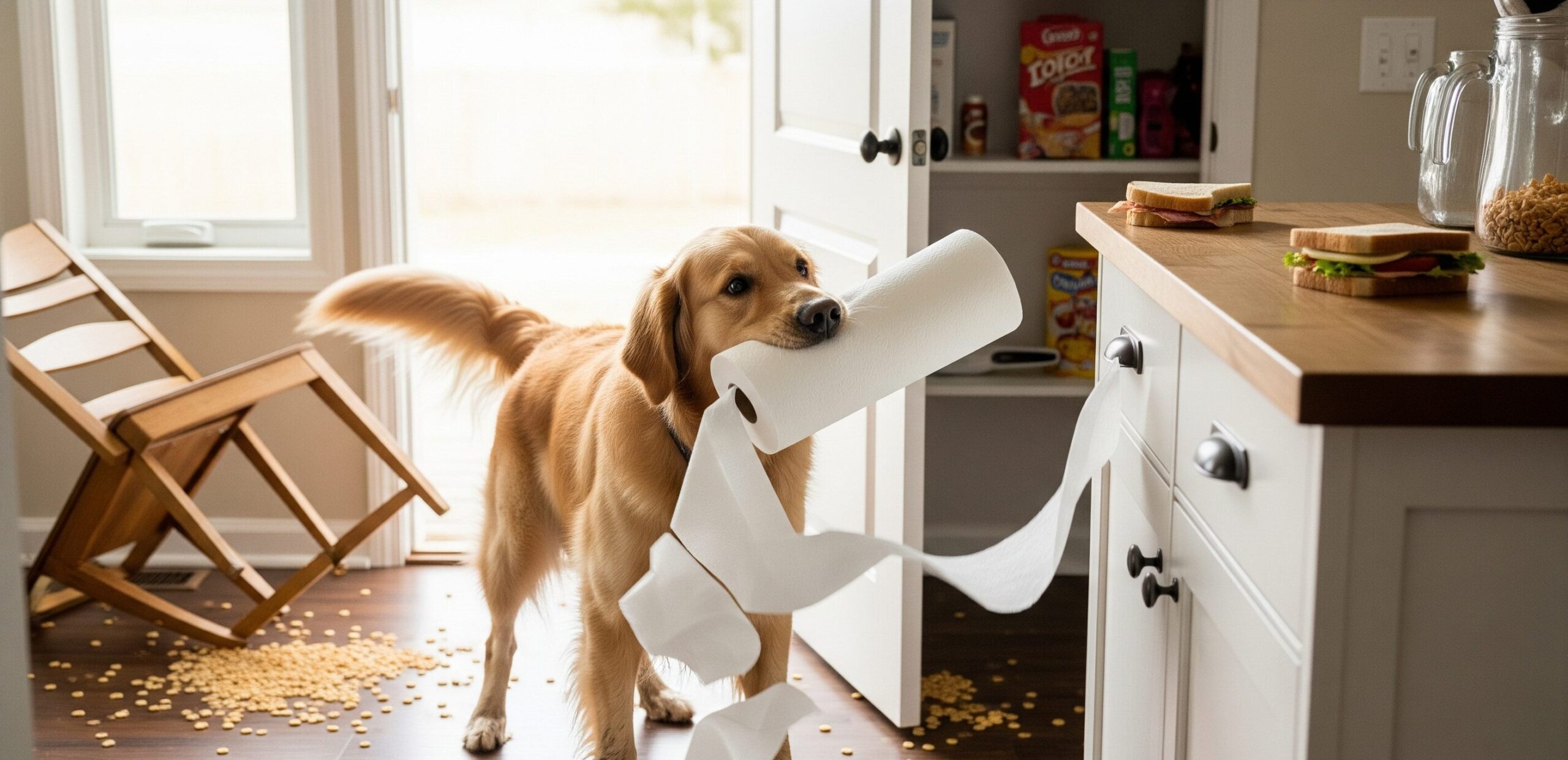
According to a recent report in the UK, approximately 44,000 dogs are brought to shelters each year due to behavioural issues. This has severely impacted the dog owners. Few things in life rival the unique and fulfilling relationship between a person and their dog. However, when bad behavior in dogs emerges, it can strain that relationship. This causes frustration for you and distress for your furry friend.
The first step toward a happier, healthier dynamic is understanding the root cause of this erratic behaviour in dogs. Many behaviors that seem like a simple dog attitude problem are actually rooted in deeper issues like fear, anxiety, or a lack of training.
Understanding why your dog misbehaves is crucial. What we often perceive as “bad dog behavior” is frequently a natural canine instinct expressed in a way that doesn’t fit our human world.
This comprehensive guide will help you identify common dog behaviour problems through a dog behavior issues list, understand their causes, and learn actionable solutions to correct them. We’ll explore everything from aggression and barking to separation anxiety, equipping you with the knowledge to build a better-behaved companion and a stronger bond.
Understanding the Roots of Dog Behavior
Before diving into specific problems of dog attitude problems, it’s essential to understand the common reasons behind them. A sudden change or persistent issue is your dog’s way of communicating that something isn’t right.
Why Do Dogs Misbehave?
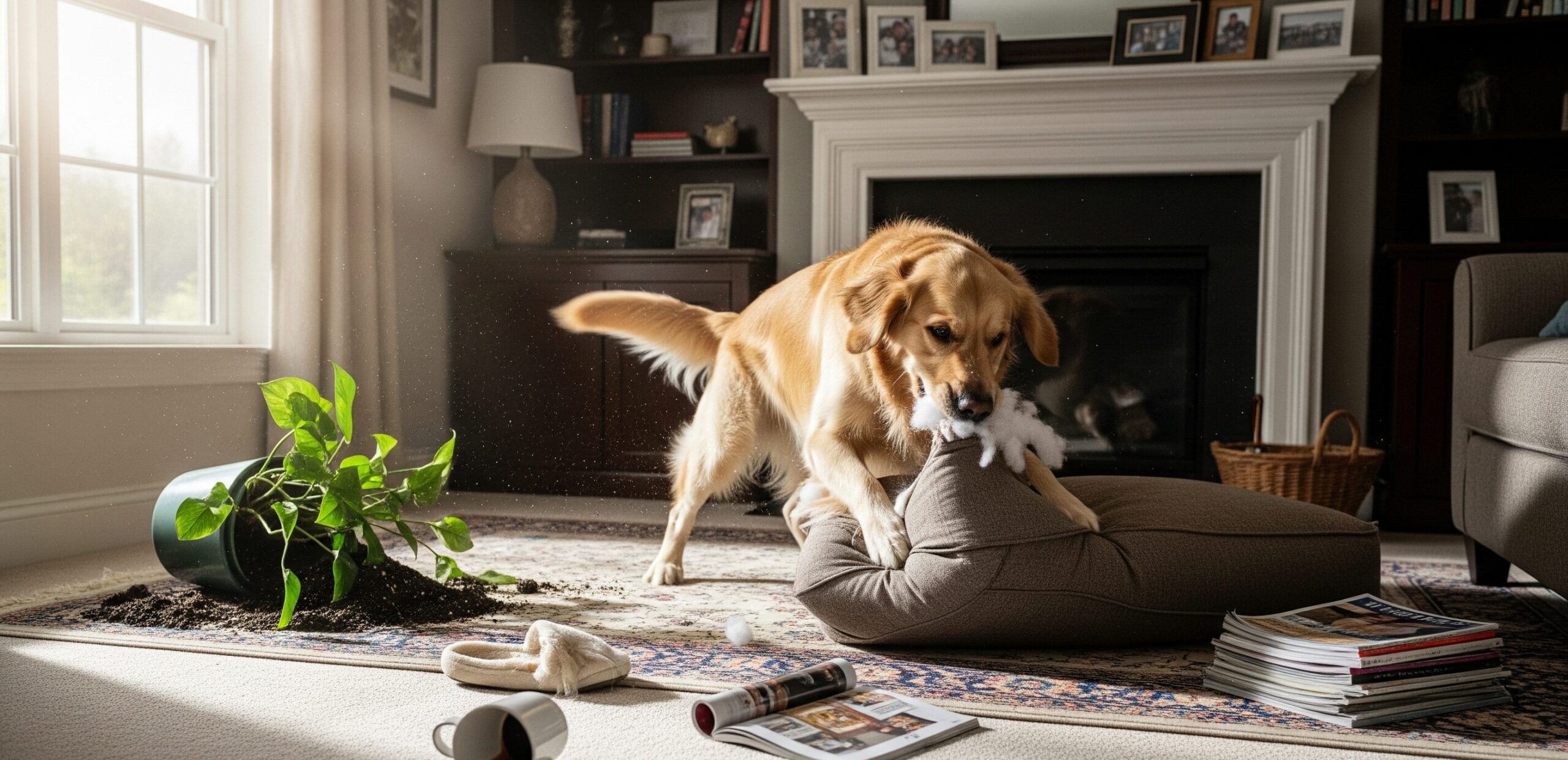
Several factors can contribute to dog behaviour issues. A lasting solution requires identifying and managing the source of the issue, not just its visible effects.
Lack of Training and Socialisation:
Dogs aren’t born knowing our rules. Early and consistent training teaches them what is expected. Similarly, proper socialization during puppyhood helps them learn how to interact appropriately with other dogs, people, and new environments. Without this foundation, canine behavior issues are almost inevitable.
Fear and Anxiety:
A dog’s past can significantly shape its present behavior. Traumatic experiences or a stressful environment can lead to fear-based reactions. This dog erratic behavior is a coping mechanism, not a sign of disobedience.
Medical Issues:
A sudden issue in your canine behavior always warrants a trip to the vet. Pain or illness can cause irritability, aggression, or accidents in the house. Conditions like hypothyroidism, cognitive dysfunction in senior dogs, or even partial seizures can manifest as dog behavior problems. The primary and most crucial action is to confirm that the problem is not health-related.
Breed Predisposition:
Certain breeds were developed for specific jobs, and those instincts remain strong. Herding dogs might nip at heels, hounds might bark or howl, and terriers may have a high prey drive. Being aware of your dog’s ancestry can reveal valuable context for its innate patterns of behavior.
Boredom and Lack of Stimulation:
A bored dog will find its own entertainment, which often leads to destructive chewing, digging, or excessive barking. Dogs require both physical exercise and mental stimulation to remain happy and well-behaved.
List of Common Dog Behavior Problems and Solutions
This guide will analyse the frequent behavioral challenges encountered by dog owners. Each section defines the issue, explores the causes, and provides clear, step-by-step solutions for how to correct the bad dog behavior.
-
Aggression: Understanding and Managing a Serious Issue
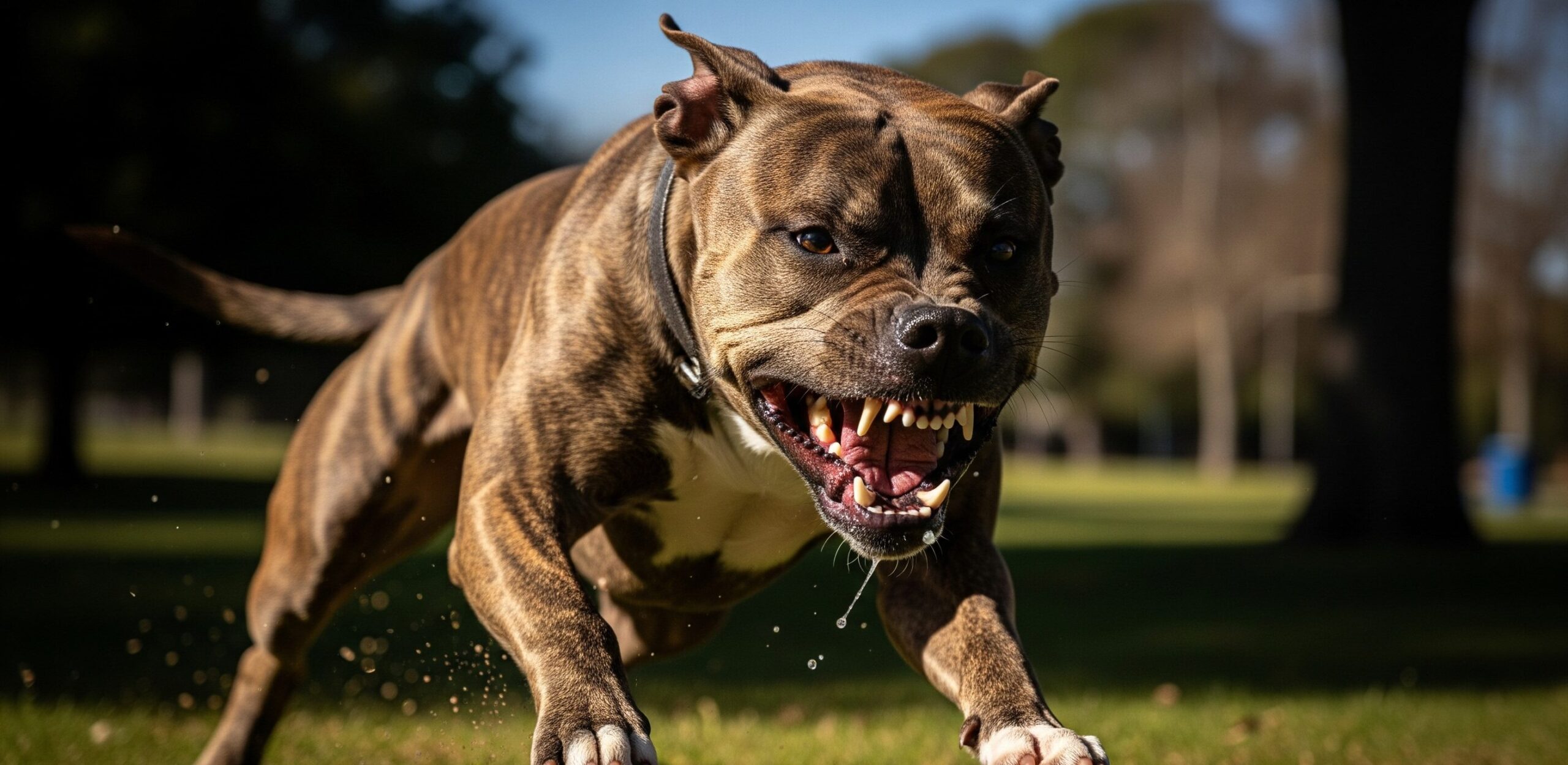
Dog aggression toward other dogs or humans is one of the most serious behavioural issues in dogs, but it’s also widely misunderstood. The behaviour serves as a warning sign, not a definitive description of the dog’s nature.
What is Aggression in dogs?
Being familiar with breed-specific traits helps owners comprehend their dog’s natural inclinations. According to the Animal Humane Society, there are many types, including:
- Fear-Motivated Aggression: The dog feels threatened and bites to create distance.
- Protective Behavior: A dog’s tendency to safeguard its perceived domain against unknown individuals.
- Possessive Aggression (Resource Guarding): Protecting valuable items like food, toys, or even their favorite person.
- Pain-Induced Aggression: Lashing out when in pain or anticipating pain.
- Leash Aggression (Reactivity): Lunging and barking at other dogs while on a leash.
- Redirected Aggression: When a dog is aroused by a stimulus (like another dog outside a window) but can’t get to it, they may redirect their frustration onto a nearby person or animal.
How to Correct Aggressive Dog Behavior
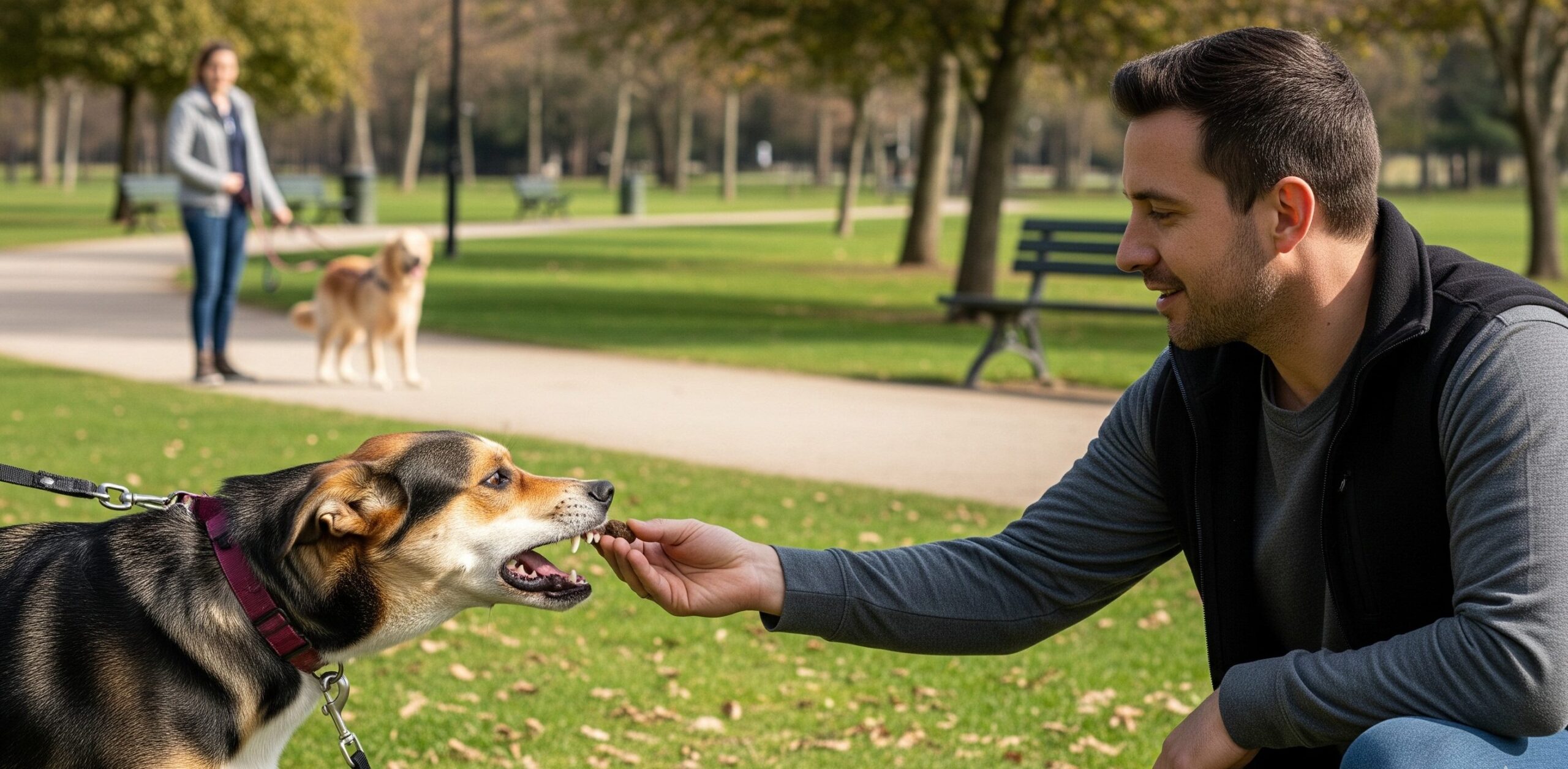
Due to the safety risks involved, addressing aggression requires careful management and, in most cases, professional help.
- Management First: The immediate priority is to prevent situations that trigger the aggressive response. This means avoiding triggers and using tools like muzzles, gates, or crates to ensure everyone’s safety. Punishment, like yelling or using a prong collar, will only increase anxiety and can make aggression worse.
- Leash Aggression Specifics: Leash reactivity is often caused by a dog feeling trapped and unable to greet another dog naturally.
- Create Distance: Don’t force interactions. Use distance as a management tool to avoid eliciting a reaction from your dog towards others.
- Use Positive Reinforcement: When your dog sees another dog from a safe distance and doesn’t react, reward them with a high-value treat. This process instils a positive correlation in their mind between other dogs and desirable events.
- Walk in an Arc: Avoid head-on approaches, which dogs perceive as confrontational. Walk in a wide, curved path around other dogs.
- Aggression Towards Other Dogs: Proper socialization and carefully managed introductions are key. If you live in a multi-dog household, fights can break out over resources or status. Controlling your dog’s surroundings is a key strategy for preempting aggressive encounters.
- Aggression Towards Humans: Identify what triggers the behavior (e.g., strangers entering the home, reaching for their collar). Establish a secure and quiet area for your dog to escape to during times of stress or overstimulation.
-
Excessive Barking: Turning Down the Volume
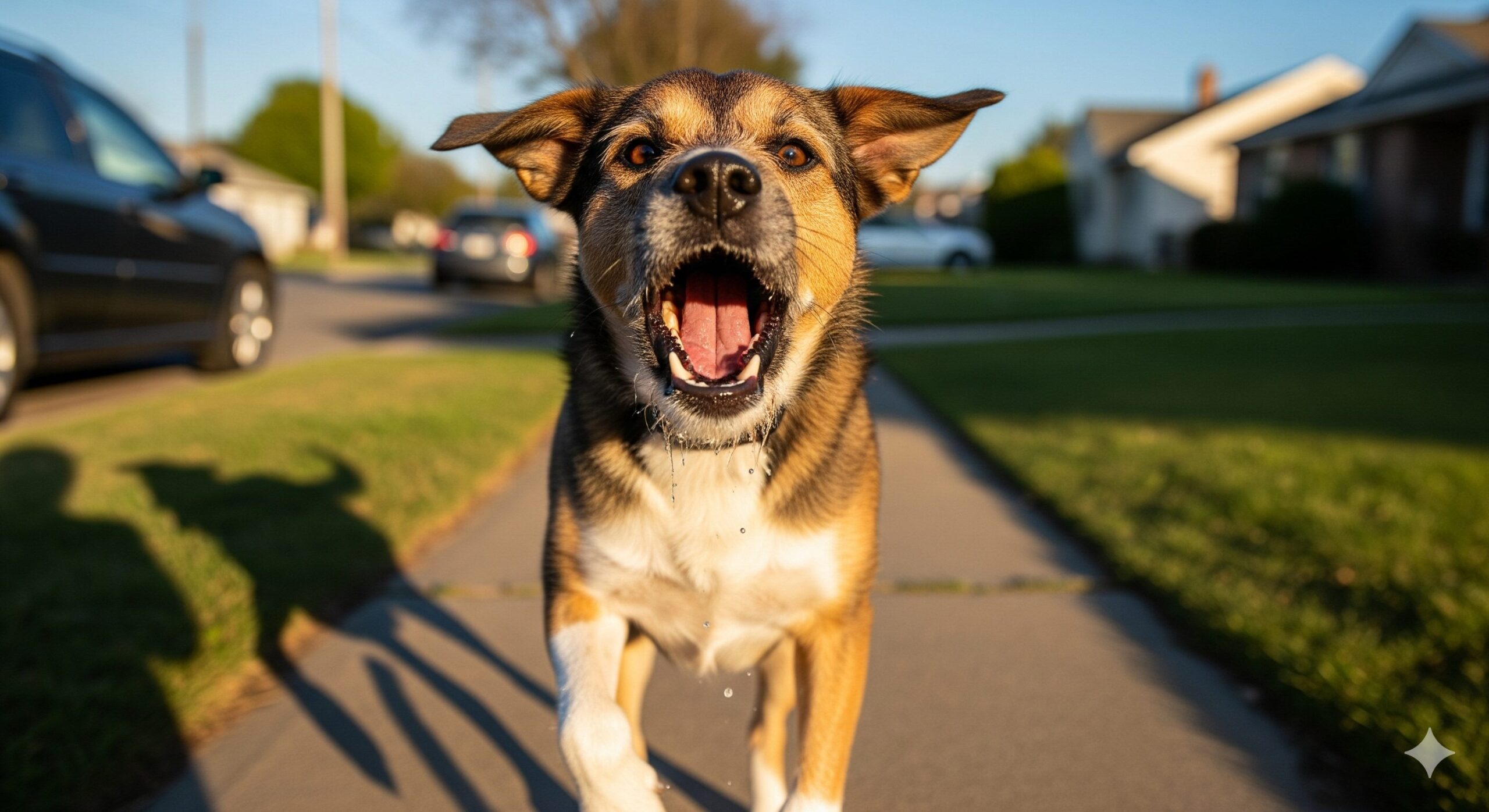
Excessive and chronic barking, despite being rooted in a dog’s normal expressive instincts, can create a significant nuisance for others.
Why Do Dogs Bark?
Dogs vocalise for a variety of motivations: they might be overjoyed, under-stimulated, looking for interaction, feeling scared, or warning you about a potential issue. The key is to figure out why your dog is barking. Does it happen during the mail delivery? When do they see another dog? When they’re left alone?
How to Stop a Dog from Barking
- Identify the Trigger: Once you know the “why,” you can address the “how.” If your dog barks at people walking past the window, manage the environment by closing the blinds or using window film.
- Teach the “Quiet” Command: In response to barking, direct your dog to stop by using a clear and steady “Quiet” cue. Place a special, irresistible treat near their muzzle. The intriguing smell will typically cause them to pause their barking. The moment they are quiet, praise them and give them the treat. Slowly extend the duration of required silence before delivering the reward.
- Provide Enrichment: If your dog barks out of boredom, especially when alone, provide puzzle toys or long-lasting chews to keep them occupied.
-
Destructive Chewing and Digging
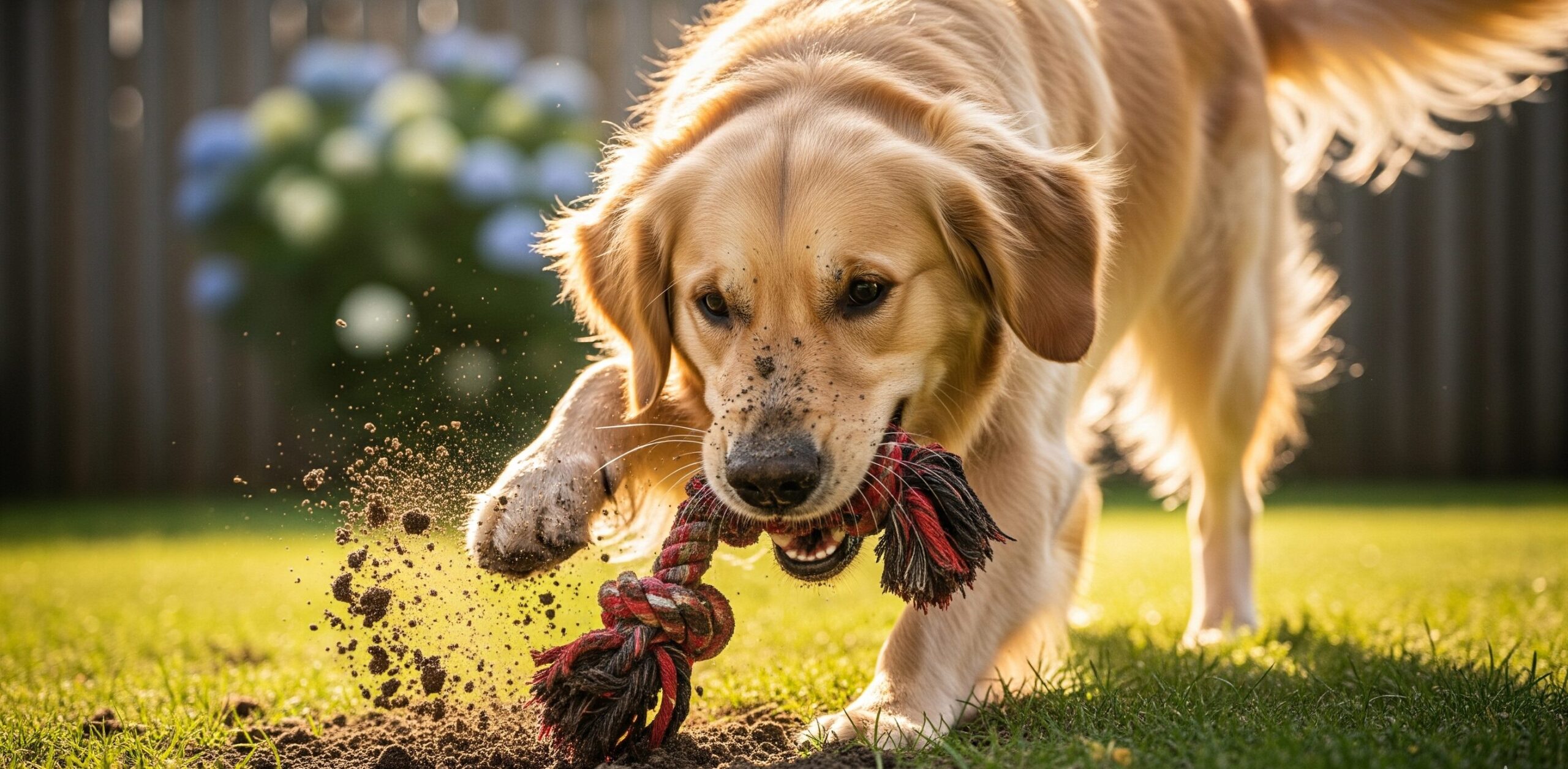
Coming home to a chewed-up sofa or a garden full of holes is incredibly frustrating. This destructive behavior is often a sign of an unmet need.
Why Do Dogs Chew and Dig?
These behaviors are natural for dogs, but become problematic when directed at your belongings.
Common causes include:
- Boredom and excess energy.
- Anxiety, especially separation anxiety
- Teething in puppies
- Natural Instinct
How to Stop Destructive Behavior
- Create a Canine-Safe Space: Controlling the environment is the most effective initial safeguard. Keep shoes, remote controls, and other valuables out of reach.
- Provide Appropriate Outlets: Offer a variety of durable chew toys. Rotate them to maintain interest. If your dog loves to dig, consider providing a designated sandpit in the yard where they are allowed to dig.
- Increase Exercise and Mental Stimulation: A sufficiently exercised dog is typically a well-behaved one. Ensure your dog gets enough physical exercise daily. Incorporate mental enrichment like training sessions, puzzle feeders, and scent games to tire out their brains.
-
Separation Anxiety: Easing Your Dog’s Fears
The distress a dog experiences upon being left alone extends far beyond minor vocalisations. It’s a genuine panic disorder.
What is Separation Anxiety?
Signs of separation anxiety occur only when the dog is left alone. They can include:
- Destructive actions, frequently directed at exit points like door frames and window sills.
- Excessive barking, howling, or whining.
- House soiling (urinating or defecating).
- Pacing or attempting to escape.
How to Help a Dog with Separation Anxiety
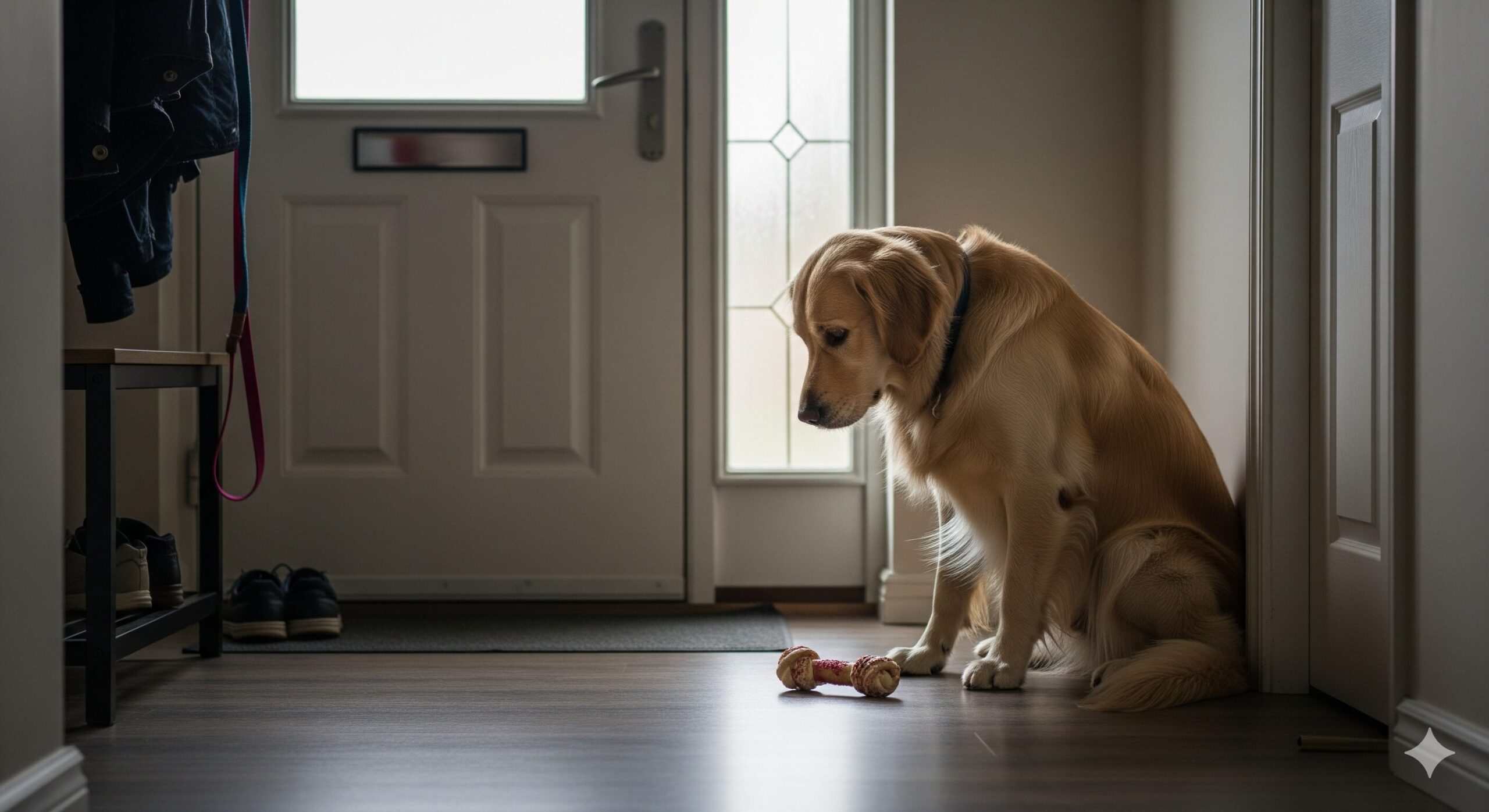
- Counter-Conditioning: The goal is to change your dog’s association with you leaving from something scary to something positive. Give them a special, long-lasting treat (like a frozen Kong stuffed with peanut butter) that they only get when you’re gone.
- Desensitisation: Start with very short departures. Step out the door for just a few seconds, then come back in. Gradually increase the time you are away, as long as your dog remains calm.
- Keep Arrivals and Departures Low-Key: Don’t make a big fuss when you leave or come home. This helps reduce the anxiety around your comings and goings.
-
House Soiling: When Potty Training Fails

When a previously reliable dog begins eliminating indoors, it’s crucial to determine the root of the problem.
Why is My Adult Dog Having Accidents?
Medical Issues First: Always rule out health problems like a urinary tract infection (UTI), kidney disease, or diabetes with your vet.
Behavioral Reasons: These can include submissive or excitement urination (common in young dogs), territory marking, or simply a breakdown in their original house training.
How to Address House Soiling
- Go Back to Potty Training Basics: Take your dog out frequently, especially after waking up, after eating, and after playing. Offer immediate and excited praise along with a reward each time they relieve themselves outdoors.
- Clean Accidents Thoroughly: Always use an enzymatic cleaning solution made to break down pet waste. Standard household cleaners often leave behind trace odours that can attract your dog back to the same spot.
-
Jumping on People and Pulling on the Leash
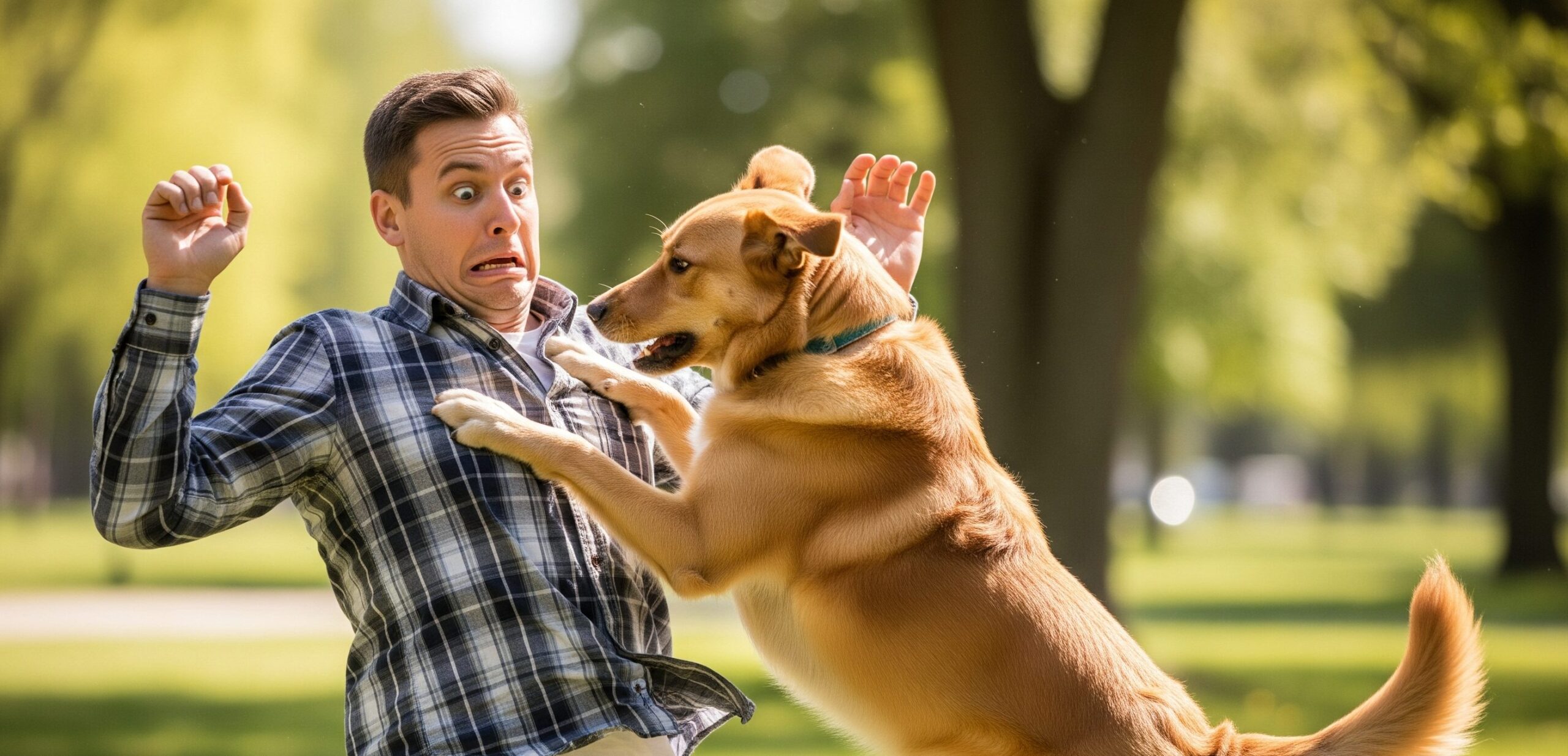
These common dog training issues stem from over-excitement and a lack of impulse control.
Why Do Dogs Jump and Pull?
Dogs jump on people to greet them and get attention. They pull on the leash because they want to get where they’re going faster, and they’ve learned that pulling works.
How to Correct Jumping and Pulling
- Jumping: Teach an alternative, incompatible behavior. Direct your canine to sit calmly as a preferred method for greeting people. Have your visitors turn away and withhold attention until your dog is calm and seated, at which point they can offer gentle affection.
- Pulling: Use a no-pull harness or head halter to give you better control without causing pain. Practice the “stop and go” method. The second the leash tightens, stop walking. Resume your walk only once there is slack in the leash. This teaches the canine that pulling on the leash results in a lack of progress
When to Seek Professional Help
While many dog behaviour problems can be managed with patience and consistent training, some situations require an expert. It is highly advisable to consult an expert if you observe:
- Any form of aggression that poses a safety risk to people or other animals.
- Severe anxiety that isn’t improving with your efforts.
- Sudden, drastic changes in behavior, even after a vet check has ruled out medical issues.
A certified dog trainer can help with obedience and general manners. For more complex issues like severe aggression or anxiety, a certified animal behaviourist or veterinary behaviourist has specialised expertise.
Building a Stronger Bond
Addressing canine behavioural challenges is a process that demands patience, steadfastness, and empathy above all. By looking beyond the “bad dog behavior” to see the underlying cause, you can address your dog’s needs compassionately and effectively. Employing reward-based methods does more than instil good conduct; it also deepens the relationship and confidence between you and your pet. Every training session is an opportunity to communicate with your dog, leading to a happier, better-behaved companion for years to come.
FAQs
How to correct bad behavior in dogs?
- Redirect your dog to a positive behavior instead.
- Reward them with a treat or praise for obeying.
How to deal with an angry dog?
- Stay very calm and do not make eye contact.
- Slowly create distance by backing away to safety.
Can a dog have behavior problems?
- Yes, dogs can develop many behavior issues. These are often caused by fear, anxiety, or a lack of training.
What is a red flag dog’s behavior?
- Serious indicators of aggression include audible warnings, quick lunges with the mouth, or the use of teeth.
- Extreme fear or anxiety is also a serious warning sign.
How to control dog anger?
- Identify and avoid their specific triggers.
- Consult a professional trainer or veterinarian for help.
How can you safely foster a positive relationship with an aggressive canine?
- Be patient, calm, and let them approach you.
- Use positive reinforcement with high-value treats.
How can I manage an aggressive dog behaviour?
- First, ensure everyone’s immediate safety.
- Follow the given guide on doggieboggie.
- When you can no longer safely manage your dog’s behavior, it is time to enlist a professional trainer or veterinary behaviorist.
What are the signs of aggression in dogs?
- Common signs are a stiff body and growling.
- They also include snarling, lunging, or biting.
How to punish a dog for aggressive behaviour?
Punishment is not effective and is dangerous. It will damage your trust and increase their aggression.
Are aggressive dogs bad?
No, aggression is a behavioural sign of distress. It usually stems from fear, pain, or a lack of training. However, prioritise your safety while bringing an aggressive dog.
How can I handle my dog’s reactivity towards other canines?
- Manage their environment to avoid triggers.
- Follow the given guide.
- Seek help from a professional for counter-conditioning.
Why does my dog act aggressive to some dogs and not others?
- They may react to a specific dog’s size or energy.
- Past negative experiences can also play a role.
What is rage aggression in dogs toward other dogs?
- True “rage syndrome” is a very rare medical condition. In many cases, the root cause is incorrectly identified; it is frequently fear or possession-related aggression.
How to stop a dog’s possessive aggression towards other dogs?
- Teach your dog to associate other dogs with good things.
- A professional can guide you through this training safely.
